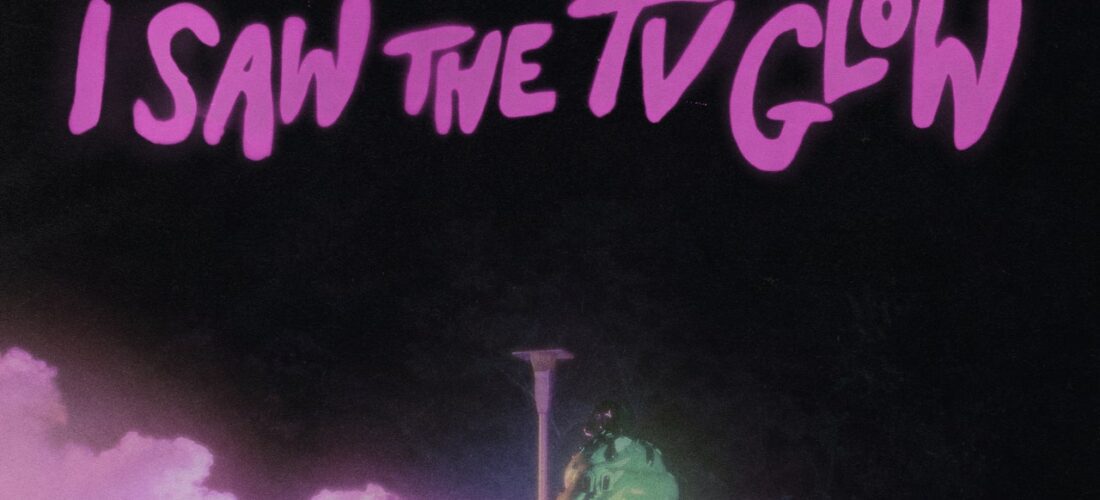Art and youth form unshakeable bonds in I Saw the TV Glow, director Jane Schoenbrun’s melancholy and claustrophobic document of suburban outsiderdom. Schoenbrun has spoken in interviews about how, as a child, they opted to process their identity through fiction rather than “actually look in the mirror and figure out who I was.” With I Saw the TV Glow, they put a surreal spin on the way beloved cultural objects give us an outlet for hard-to-express feelings. At the heart of the film—the director’s first since their acclaimed loner internet horror We’re All Going to the World’s Fair—are two teenage characters obsessed with the mysteries and mythos of The Pink Opaque, a weekly half-hour monster-of-the-week TV show in the campily terrifying vein of Buffy the Vampire Slayer or The X-Files. Watching the show, the characters find an outlet for their feelings of isolation—and as the borders between their physical existence and the world of The Pink Opaque melt, they eventually come to wonder if their memories of the series might be more real than reality.
The soundtrack seems designed to provoke similarly intense reactions among its listeners. In addition to a ghostly score from Alex G—who returns after his work on We’re All Going to the World’s Fair—the film features a robust collection of original songs from artists that inspire feverish fandom not unlike the characters’ obsession with The Pink Opaque. Collecting tracks from hushed singer-songwriters (Florist, Maria BC), fuzz-scuffed indie-rock artists (Bartees Strange, Jay Som), and off-kilter pop acts (Caroline Polachek, yeule), it feels moody and homespun, a sure recipe for cultish devotion—like a CD-R with a tracklist written in Sharpie, passed around a group of friends amid reverent whispers.
The film is firmly rooted in the imagery and cultural touchstones of the 1990s—characters muse about the looks of Evan Dando and Michael Stipe, and posters for Sarah Records are pinned to their walls. And though the soundtrack is full of artists from the 2020s, most of them reach for sounds that evoke the end of the 20th century. Jay Som’s “If I Could” is lit by a gleaming guitar riff that chimes as brightly as Bandwagonesque. Sadurn’s slide-guitar-smeared “How Can I Get Out?” plays like a hazy memory of the mellower songwriters on Drag City in the ’90s. Even Polachek sidelines her sleek synth-pop contortions in favor of anthemic shoegaze on “Starburned and Unkissed.” Though the reference points are clear, the songs never feel too reverential—they’re often loose and deliberately otherworldly, as if heard in the depths of a dream.
That approach is clearest on yeule’s cover of Broken Social Scene’s “Anthems for a Seventeen Year-Old Girl.” On its surface, it’s a gloomy trailercore rendition of a song that’s long been an unofficial hymn for teenaged outcasts—an especially on-the-nose choice to kick off a film about adolescent alienation. But underneath the track’s heavy-lidded surface is something stranger: a distant memory of the original, scoured by glitches, with vocals that slip and swirl around the meditative backing track. Where Broken Social Scene’s recording is rhythmically locked in and mantra-like, yeule’s version is distant and dissociative, a bedridden memory of adolescence long since passed. The soundtrack’s most sweeping emotional gesture, yeule’s song also offers the most vivid illustration of the film’s delight in bending linear time. Both I Saw the TV Glow and its soundtrack begin in ways that feel familiar and nostalgic before diving back into the shadows, rendering beloved youthful memories unrecognizably strange.
